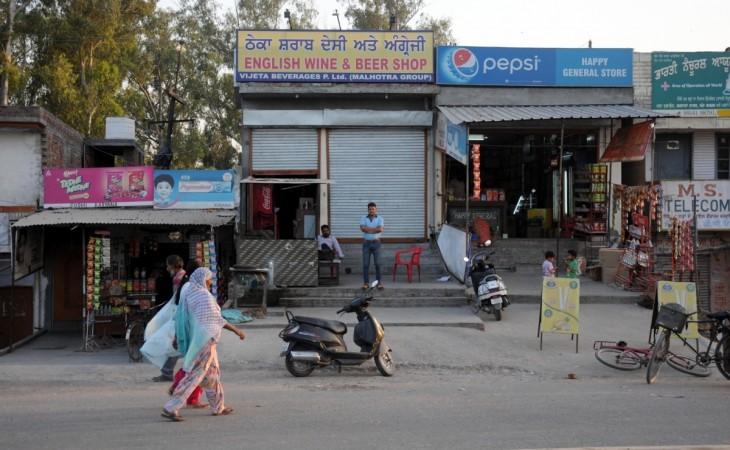
The Supreme Court on December 15, 2016 ordered a ban on the sale of liquor on state and national highways. The ban was applicable to all liquor shops "directly accessible from a national or state highway and (iii) situated within a distance of 500 metres of the outer edge of the national or state highway or of a service lane along the highway."
Last Friday (March 31), it clarified that hotels and bars were not exempt from the order but modified it by exempting Sikkim and Meghalaya.
The apex court's order has the potential to affect about a million jobs in India's hospitality industry, according to Riyaaz Amlani, president, National Restaurant Association of India (NRAI), reported the Economic Times.
The impact on Maharashtra alone is estimated to be huge, with 2,000 hotels and about 10,000 restaurants likely to be hit, the daily said, quoting Pradeep Shetty, member of the legal committee at the Federation of Hotels and Restaurant Associations of India.
In Chandigarh, the loss was pegged at around Rs 3 crore last weekend. "This weekend, the hospitality industry in Chandigarh will have incurred a loss of more than Rs 3 crore. We will protest at the Sector 17 Plaza on Monday," the Hindustan Times quoted Arvinder Pal Singh, president of Hotel and Restaurant Association of Chandigarh, as saying.
Kerala is bound to take a hit on its tourism business at a time when it is already losing market share to Sri Lanka. "We are fast losing out to some of the neighbouring countries like Sri Lanka. Last year, the state lost many conferences and meetings due to liquor curbs. We fear the latest decision will lead to further slip in footfall," EM Najeeb, president of the Confederation of Kerala Tourism Industry, told the Hindustan Times.
The state's potential revenue loss is estimated at around Rs 10,000 crore, or about a fourth of its total revenues.
Goa, a state known for its long coastline that attracts hordes of tourists, is also facing a tough situation due to the ban on sale of liquor along highways, posing a threat to about 3,000 liquor outlets of the total 11,000 licensed liquor outlets. The possibility of moving some of the 3,000 liquor vends to locations farther from the highways to escape the applicability of the ban is on the cards.

Here are the modifications made by the Supreme Court on March 31, 2017 by a bench comprising Chief Justice JS Khehar and Justices DY Chandrachud and L Nageswara Rao (courtesy: Bar and Bench):
For towns with a population of less than 20,000, the earlier distance mentioned in the order prohibiting sale of liquor within 500 metres of the State and National Highways stands modified to 220 m.
Sikkim and Meghalaya would be exempted from the ban owing to their natural geography.
All licences to sell liquor along highways would effectively cease to exist from April 1, 2017. However, the states of Andhra Pradesh and Telangana are allowed an extension of time to September 31, since their excise year begins from October 1.
Extracts of the December 15, 2016 order (courtesy www.livelaw.in):
(i) All states and union territories shall forthwith cease and desist from granting licences for the sale of liquor along national and state highways; (ii) The prohibition contained in (i) above shall extend to and include stretches of such highways;
(ii) The prohibition contained in (i) above shall extend to and include stretches of such highways which fall within the limits of a municipal corporation, city, town or local authority;
(iii) The existing licences which have already been renewed prior to the date of this order shall continue until the term of the licence expires but no later than 1 April 2017;
(iv) All signages and advertisements of the availability of liquor shall be prohibited and existing ones removed forthwith both on national and state highways.
(v) No shop for the sale of liquor shall be (i) visible from a national or state highway; (ii) directly accessible from a national or state highway and (iii) situated within a distance of 500 metres of the outer edge of the national or state highway or of a service lane along the highway.


















